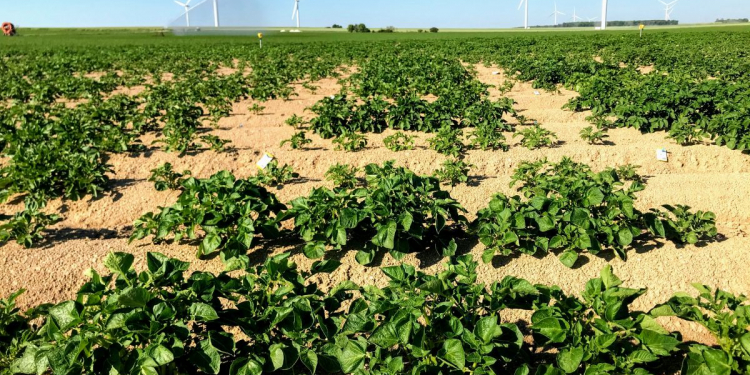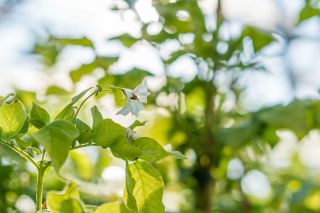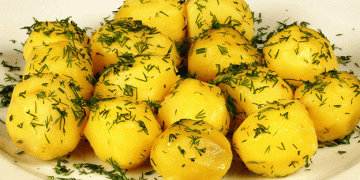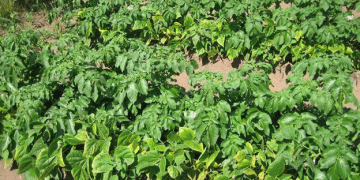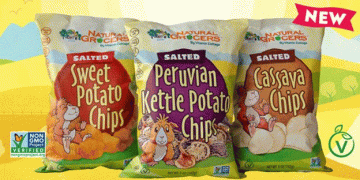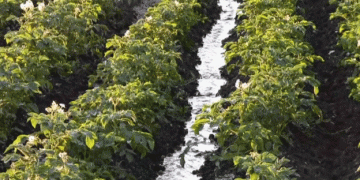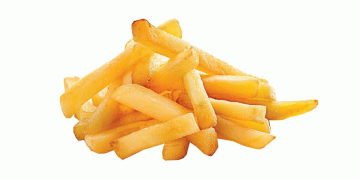How long can a potato last without water after tuber initiation? Now that dry summers are becoming the norm, the Water Use Efficiency (WUE) project – a long-term HZPC research project into the drought tolerance of different varieties – finds itself once more under the spotlight. Growing water shortages and more common abiotic stress factors on a global basis are forcing the market to look for new, robust varieties.
In the Champagne region, to the east of Paris, Monsieur Guyot in Prémierfait has been managing a trial field incorporating 1200 sub-fields for HZPC’s WUE project. Trials took place for the 8th time this year and, in September, the harvest was transferred to Metslawier for data analysis. Project leader Jeroen Bakker (HZPC Research) calls this large-scale practical research the ‘unravelling of genetics’ for drought tolerance. ‘Every year we compare 300 varieties by irrigating some of them but not others. We can thus gain insights into the genes that are required in order to develop drought-tolerant varieties for the future.’
‘We also examine the progress of drought stress in the ridge. And no two years are the same’
Every variety is used four times. Twice it is irrigated, and twice it is not. Potatoes in this Champagne region are usually irrigated as the soil is highly permeable with pebbles under the soil. A maximum of around 100mm of rain falls in a growing season. The artificial irrigation fields receive an average of 40 mm of extra water on 12 occasions.
Traditional varieties such as Sababa and Farida do well here. ‘Farida offers more saleable yields in times of drought than Spunta’, explains Bakker. However, not all yields are comparable. ‘You can’t really compare Spunta with Agria, for example, a variety from a completely different segment and growing area. And we need to focus on more than just gross yield variations. We are investigating the progress of drought stress in the ridges. And no two years are the same. Non-irrigated varieties develop less foliage so the temperatures in the ridges increase. Robust varieties don’t mind waiting, after tuber initiation, until a little rain falls. In less suitable varieties, late rainfall can lead to germination and secondary growth.’

The researchers create a model for each variety in which the curve of the graph indicates the response to additional water (WUI). ‘This allows us to see the sensitivity of the variety to water, as well as the yield. In short, this centres on two criteria: the yield without additional irrigation (DTL). And, if we create the optimum regime, what is the maximum potential in terms of yield (DTO).’ Bakker expects to be able to present the extensive analyses and results of the drought trials, including the current year, within a few months.
WUI: water use increment; this is the variety’s response to the availability of water, the curve in the graph
DTP: drought tolerance prediction; black square
DTL: drought tolerance limited; yield with limited water regime: orange triangle
DTL: drought tolerance optimal; yield with optimal water regime: green triangle
